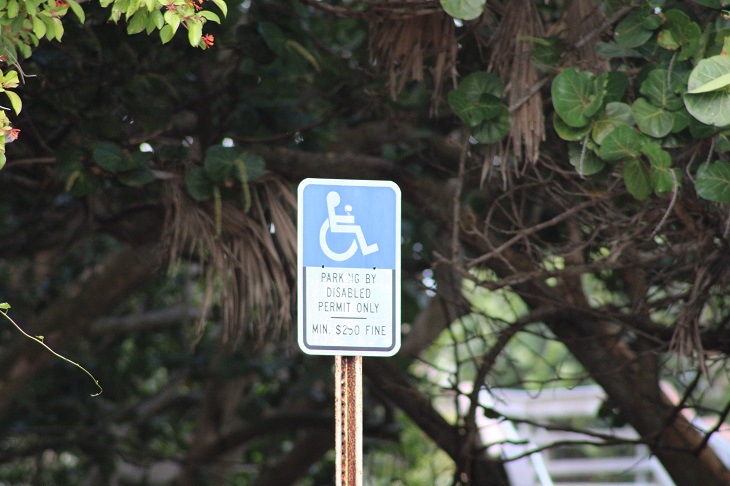There are many benefits to having a disabled parking placard in California. Not only does a disability placard give you access to convenient parking (including spaces which accommodate adapted vehicles), it can help in other ways, too. Those with a disability placard in their vehicle can also park for free in metered parking areas, in green curb spaces without a time limit, and in areas designated for residents or merchants.
The rules and regulations surrounding disabled parking in California are fairly similar to those of other U.S. states. Let’s go through these regulations today, and discuss the qualifying conditions for a disabled parking placard in California.
What disabilities qualify for disabled parking in California?
There are many qualifying conditions for a disabled parking placard in California. These include (but are not limited to):
- Loss of use of one or both hands
- Severe vision impairment
- Restrictions by a specific lung disease
- Lack of mobility due to a disorder or disease
- Loss of use of one or both legs
- The inability to move without assistance from a cane, walker or other mobility aid
The medical professional who evaluates you for a disabled parking placard will discuss your medical history and your condition, and may also accept other conditions than those mentioned above as qualifications for a placard.

Disabled Veteran License Plates are also available for those who complete the Disabled Veteran Certification on the Miscellaneous Certifications (Form REG 256A). The three qualifying conditions for this are:
- Permanent blindness
- Loss of use of one or more limbs
- Inability to move without an assistive device
How do you qualify for disabled parking in California?
The California Department of Motor Vehicles issues several varying types of license plates and placards. These include:
- Permanent placards – Your permanent disability must be verified by a physician. This placard expires after two years.
- Temporary placards – Must be verified by a physician. This placard expires in six months, or the date specified by your physician.
- Disabled person license plates – Only available for people with a vehicle registered in their name.
- Disabled veteran license plates – Only available for people who meet specific requirements related to their service.
- Travel placards – Available to disabled people who are leaving or entering the state for a certain period of time (although, in general, disabled parking placards from other states are often widely accepted in California too).
It’s important to remember that there are rules to follow when it comes to using your disabled parking placard. Placards must be clearly displayed on your vehicle’s rear-view mirror when parking in designated disabled parking or metered parking zones, and must be removed when the vehicle is in motion. You cannot park next to yellow or white curbs, as these areas must be kept clear. You must also never park in spaces marked with cross-hatch patterns beside disabled parking spaces, as these spots are reserved for wheelchair and lift access.
How do I get a disability placard in California?
Applying for a disability placard in California need not be complicated. With Dr Handicap, you can organize an online consultation with one of our licensed physicians, and the evaluation can be done via telemedicine. This is often a much more comfortable and inexpensive way of accessing a consultation. We have California-based physicians who are qualified to assess patients for disability placard applications. Your physician will give you the necessary certification following the session, which will be used in the application process.
You can either apply in person at a California Department of Motor Vehicles Office, or by mail using the Application for Disabled Person Placard or Plates (Form REG 195). This must be accompanied by your medical certification following your consultation with a licensed physician. Payment should also be submitted at this stage, if applicable to your case. Permanent placards and travel placards are both free, but temporary placards cost $6.
Permanent handicap placards are renewed automatically, without the need for any further evaluation from the physician. However, temporary handicap placards require re-application after expiry, and this will require a physician’s re-certification.
With many qualifying conditions for a disabled parking placard in California, and a simple application process, Dr Handicap can help you to organize your online consultation online, from the comfort of your own home. Having a disability permit in California enables you to access designated disabled parking spaces, and has other benefits too, including free parking in metered areas. This can be a game-changer for disabled drivers, making parking less of a stressful endeavor.
Featured image by Roberto Nickson on Pexels








